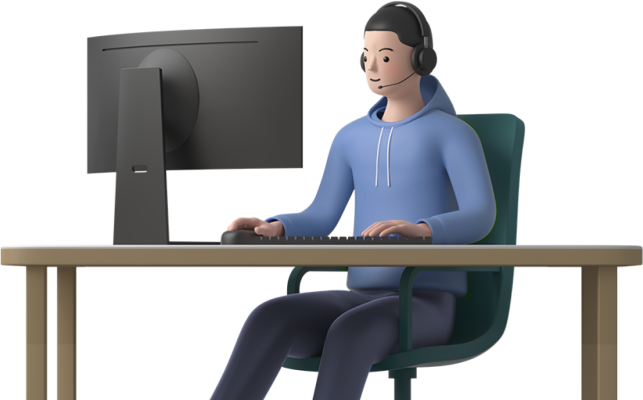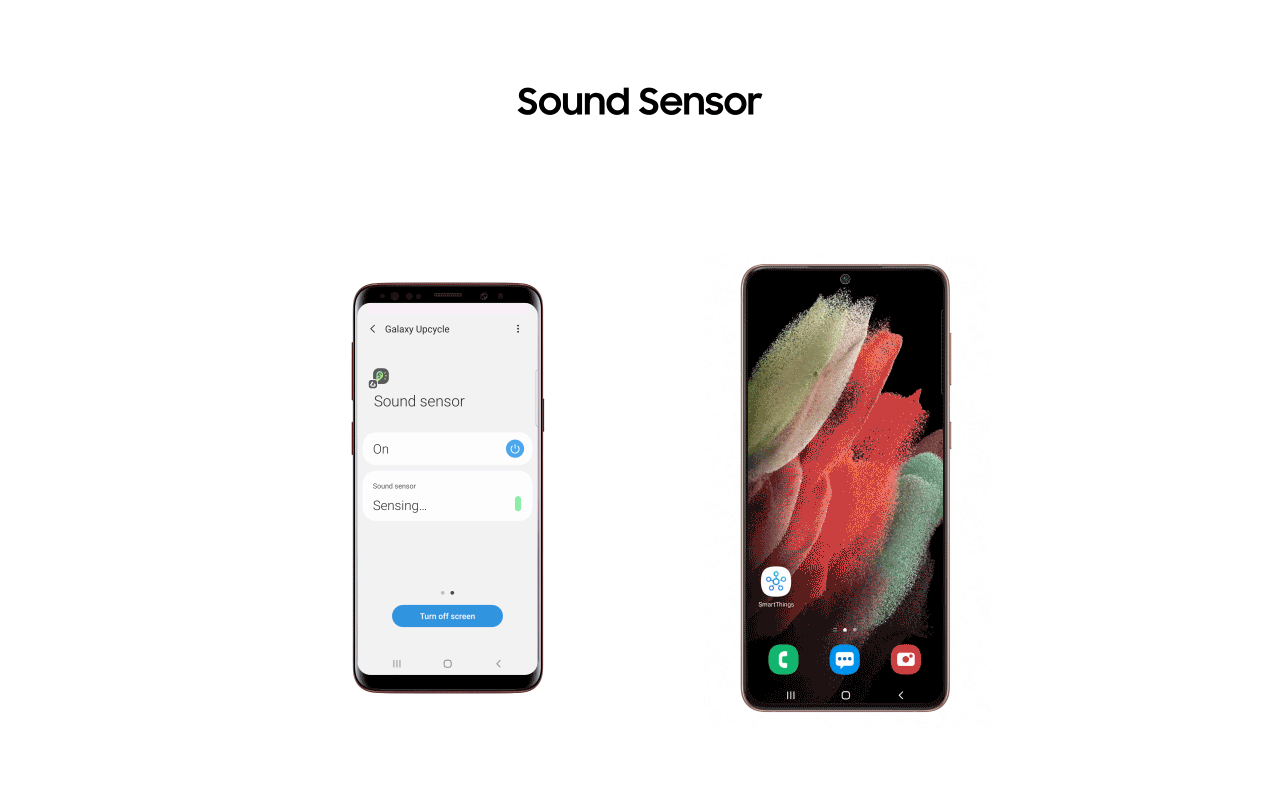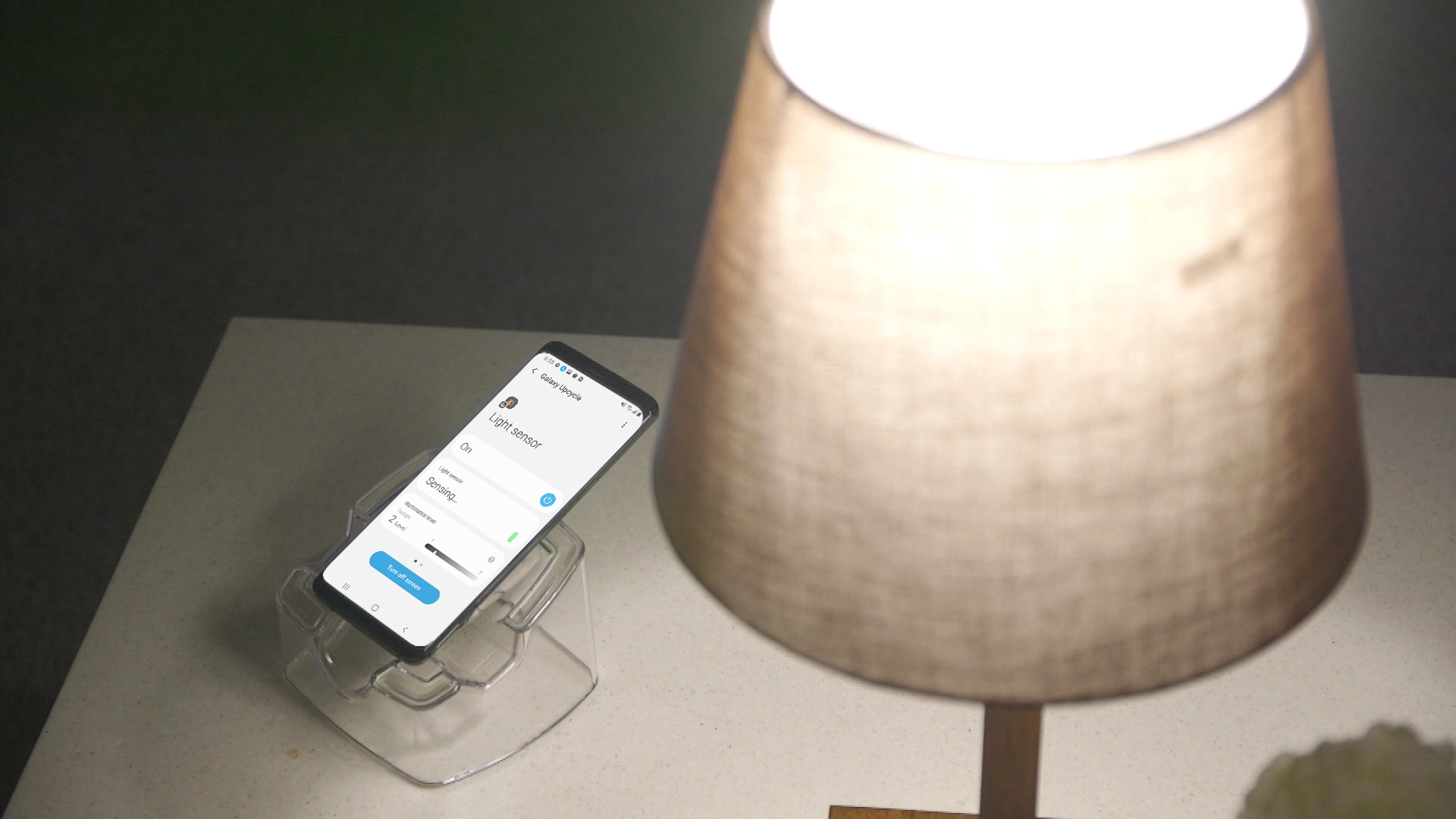April 23, 2021
Want to give new life to legacy Galaxy smartphones? Leveraging the power of SmartThings and repurposing built-in sensors within Galaxy devices, you can now turn old Galaxy phones into sound and light sensors. Here is how to start:
Onboard legacy phone
Download the SmartThings app on your current phone. Tap the Menu (☰) and select “SmartApps” Select More Options (⋮) and choose SmartThings Labs* followed by Galaxy UpcycleClick on “Next” to generate a QR code.Scan the QR code with your legacy phone.Install the “Galaxy Upcycle” app on your legacy phone.Select either “Light sensor” or “Sound sensor” feature.
Set up a “Light sensor”
Tap “Light sensor” to add your legacy phone as a light sensor.Go back to your current phone and open the SmartThings app. The new light sensor will now be available on your device list. Tap the light sensor device card to see the current brightness level, scored out of 7 levels of brightness.Using Automations, you can now adjust your lighting based on the brightness level detected by the sensor.
Set up a “Sound sensor”
Tap “Sound sensor” to add your legacy phone as a sound sensor.Go back to your current phone and open the SmartThings app. The new sound sensor will now be available on your device list. The sensor detects 5 types of sounds including baby crying, dog barking, cat meowing, glass breaking, and knock on door.Using Automations, you can now control your devices using the sounds detected by the sensor.
*SmartThings Lab uses experimental features. Some features may only be available for certain devices, models, or countries. Some features may be removed or changed without notice.



